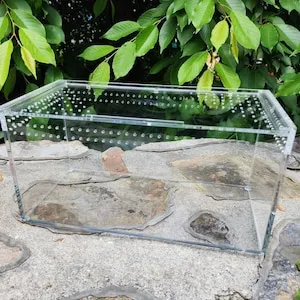Essential Tarantula Enclosure Guide
Keeping a tarantula as a pet can be a rewarding experience. These fascinating arachnids require specific environmental conditions to thrive, and the enclosure you provide is the cornerstone of their well-being. A well-designed tarantula enclosure replicates their natural habitat, offering security, comfort, and the necessary elements for survival. This guide will provide you with the top 5 tips to create an ideal environment for your tarantula, ensuring a happy and healthy life for your eight-legged friend. Understanding the needs of your tarantula is the first step toward providing optimal care and setting up the perfect habitat. From choosing the right size to maintaining proper humidity and temperature, each element plays a crucial role in your tarantula’s health. Let’s explore the essential aspects of setting up a tarantula enclosure.
Choosing the Right Size for Your Tarantula
One of the most critical aspects of tarantula care is selecting the appropriate enclosure size. The enclosure should be large enough for the tarantula to move around comfortably but not so large that it feels exposed and insecure. A good rule of thumb is to provide an enclosure that is at least twice the tarantula’s leg span in length and width. For terrestrial species, the height of the enclosure doesn’t need to be excessive, but it should be sufficient to accommodate a few inches of substrate and any decorations. Arboreal tarantulas, which live in trees, need taller enclosures to allow them to climb and feel secure. Overly large enclosures can make it difficult for the tarantula to find food and water and may also make them feel stressed. Always consider the species’ adult size when choosing the enclosure, as your tarantula will grow over time. A properly sized enclosure promotes a sense of security and provides ample space for your tarantula to engage in natural behaviors.
Consider the Species Needs

Different tarantula species have varying requirements, so research the specific needs of your tarantula. Terrestrial species typically require more floor space, while arboreal species need vertical space for climbing. Some species prefer more humid environments, while others thrive in drier conditions. Researching your tarantula’s natural habitat will provide insights into its ideal enclosure setup. This includes the type of substrate, the humidity level, and the temperature range. Understanding these needs will help you create a comfortable and safe environment, which in turn leads to a healthier and happier tarantula. Failing to consider the species-specific needs may lead to health problems and stress for your pet. Proper research is key to providing the best care and ensuring that your tarantula thrives in its enclosure.
Ventilation is Key for Tarantula Health
Proper ventilation is crucial for maintaining a healthy tarantula enclosure. Good airflow helps prevent the buildup of mold, mildew, and harmful bacteria, which can be detrimental to your tarantula’s health. Adequate ventilation also helps regulate humidity levels, which is essential for many species. Without proper ventilation, the enclosure can become stagnant, leading to respiratory issues and other health problems for your tarantula. The design of the enclosure should include ventilation holes or mesh in the lid and sides, ensuring sufficient air circulation. This will help to keep the air fresh and prevent the buildup of ammonia from waste. Ventilation is a critical factor in maintaining a balanced and healthy environment for your tarantula, playing a vital role in its overall well-being and longevity.
Proper Ventilation Techniques
When setting up your tarantula enclosure, consider ventilation options. Mesh lids are often used to provide excellent airflow, while also preventing your tarantula from escaping. Ensure the mesh is fine enough to prevent smaller insects from entering, which could potentially harm your tarantula. Side ventilation can also be incorporated by drilling small holes along the sides of the enclosure, but make sure these are placed high enough to prevent substrate from blocking them. The placement of ventilation holes is also important. Avoid placing them directly above the water dish, as this can cause the water to evaporate too quickly, making it necessary to refill it more often. Proper ventilation techniques are essential for maintaining a healthy environment, helping to control humidity, and reducing the risk of mold and other health hazards.
Substrate Selection for Your Tarantula
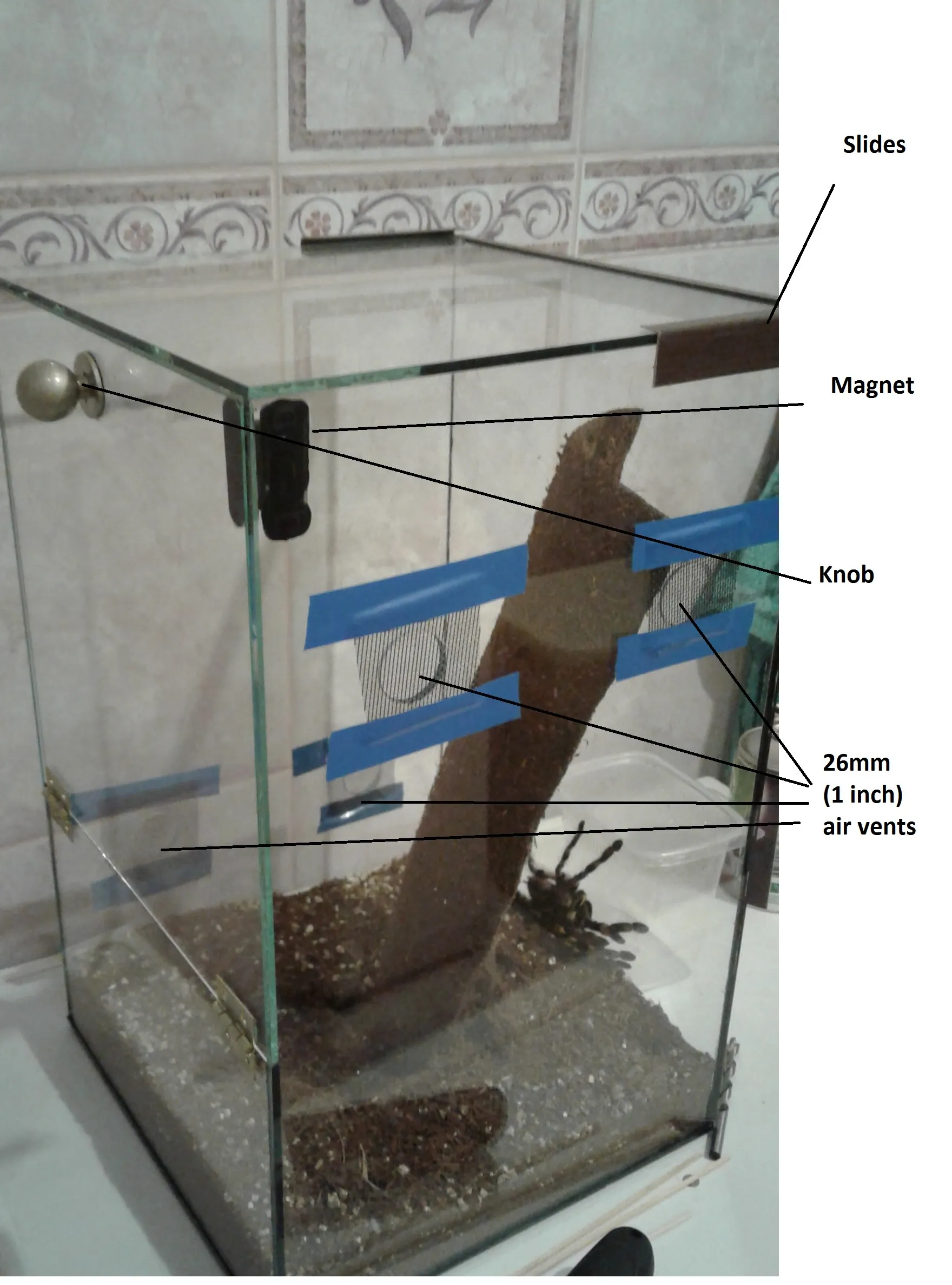
Choosing the right substrate is essential for creating a comfortable and healthy environment for your tarantula. The substrate serves multiple purposes, including providing a surface for the tarantula to walk on, burrow in, and hide in. It also helps to maintain humidity levels and absorb waste. The type of substrate you choose will depend on the species of tarantula you keep. Some popular substrate options include coconut fiber (coco coir), peat moss, vermiculite, and a combination of these materials. The best substrate for your tarantula should be non-toxic, able to hold moisture, and provide a good environment for the tarantula to burrow if it’s a terrestrial species. The right substrate is essential for humidity control and is a key factor in the health and well-being of your tarantula.
Best Substrates for Humidity Control
For species that require high humidity, coconut fiber and peat moss are excellent choices. These substrates retain moisture well, which is essential for maintaining the required humidity levels. However, it is important to monitor the humidity levels regularly using a hygrometer to ensure that the environment is not too wet, which can lead to mold growth. For drier species, a mix of substrate materials, such as a combination of soil and sand, may be more appropriate. Regardless of the substrate you choose, it should be replaced regularly to prevent the buildup of waste and bacteria. The substrate depth should be sufficient for the tarantula to burrow, typically several inches deep, depending on the species. Proper substrate selection and management are critical for creating a healthy and comfortable habitat for your tarantula and ensuring it thrives.
Creating the Perfect Environment
Beyond size, ventilation, and substrate, other factors are essential for creating an ideal tarantula enclosure. Temperature and humidity must be maintained within the appropriate range for the specific species. Providing hiding places, such as cork bark or artificial plants, offers security and reduces stress. A shallow water dish should be readily available for drinking, and it should be cleaned regularly. The overall goal is to replicate the tarantula’s natural habitat as closely as possible, providing a secure, comfortable, and stimulating environment. By paying attention to these details, you can create a habitat that not only meets the tarantula’s basic needs but also promotes its well-being and allows you to enjoy watching your pet thrive.
Temperature and Humidity Regulation
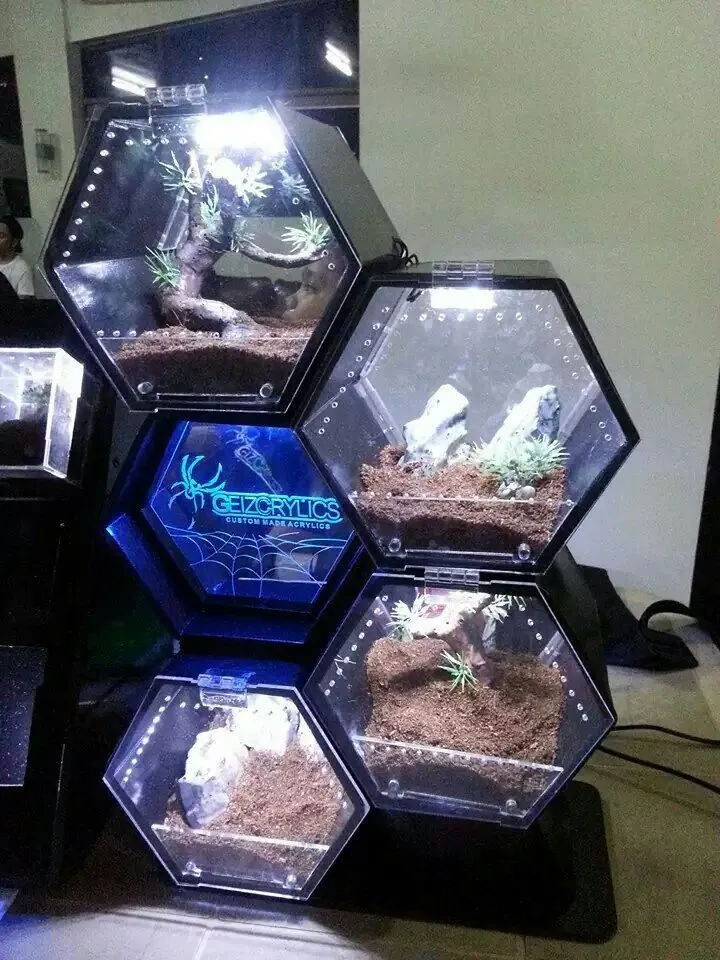
Temperature and humidity are two of the most critical factors in creating a suitable enclosure for your tarantula. Most tarantulas thrive in temperatures between 70°F and 80°F (21°C and 27°C). Use a thermometer to monitor the temperature regularly and adjust as needed. Humidity requirements vary greatly depending on the species. Use a hygrometer to measure humidity levels and adjust the enclosure environment accordingly. This might involve misting the enclosure, providing a larger water dish, or adjusting ventilation. Maintaining the correct temperature and humidity is crucial for the tarantula’s health. Inadequate environmental conditions can lead to various health problems. Invest in reliable tools like thermometers and hygrometers to ensure accurate monitoring and make necessary adjustments to keep your tarantula healthy and happy.
Decorating the Enclosure Safely
Decorating the tarantula enclosure adds visual appeal and provides enrichment for your pet. However, safety should always be the primary consideration when choosing decorations. Avoid using decorations that are sharp or could potentially trap your tarantula. Ensure any decorations are non-toxic. Cork bark, artificial plants, and sturdy hides are excellent choices. These items offer shelter and a sense of security for your tarantula, reducing stress and promoting natural behaviors. You should also consider the size and climbing behavior of your tarantula when selecting decorations. Make sure that the decorations do not take up too much space and that there is enough open area for the tarantula to move around and hunt. The right decorations enhance the enclosure while keeping your tarantula safe and comfortable.
Safe Decorations for Tarantulas
When choosing decorations for your tarantula’s enclosure, safety should be your utmost concern. Avoid using materials that could potentially harm your tarantula, such as sharp rocks or chemically treated wood. Cork bark is an excellent choice because it provides a natural look and a safe hiding place. Artificial plants are also a good option, as they are easy to clean and won’t decay. Ensure that any decorations are securely placed and won’t tip over. Be cautious with items like driftwood, making sure that it is free of splinters and isn’t treated with any harmful chemicals. Providing safe, well-chosen decorations creates a stimulating environment while prioritizing the well-being of your tarantula. Regular cleaning of the decorations also contributes to the enclosure’s hygiene.
Maintaining Your Tarantula Enclosure
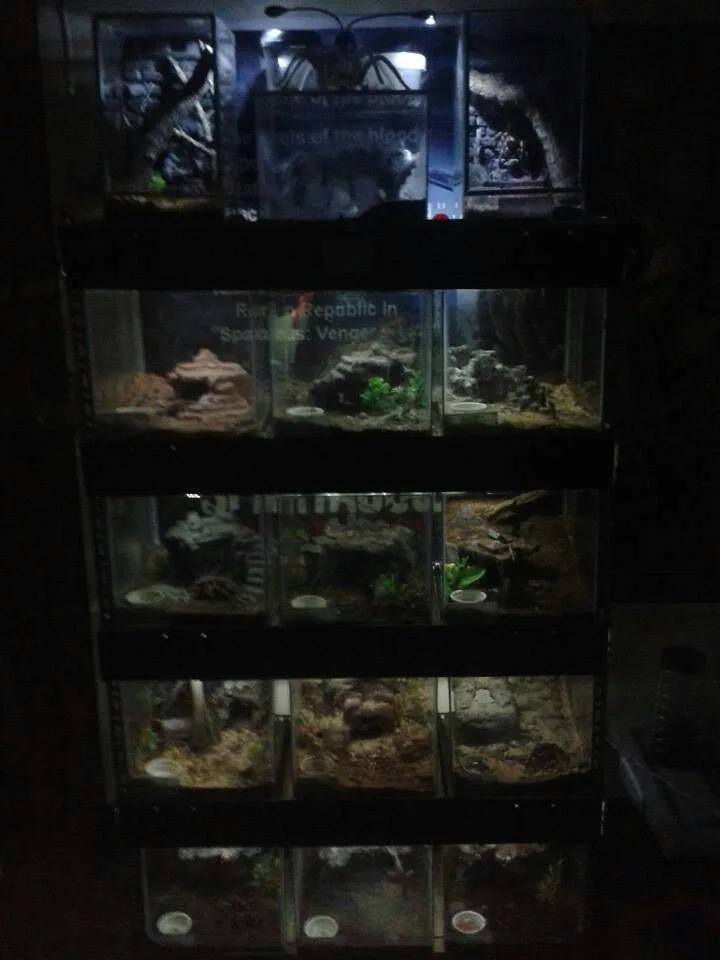
Maintaining a tarantula enclosure involves regular cleaning and monitoring of environmental conditions. A clean enclosure is essential for your tarantula’s health and well-being. Regular maintenance helps prevent the buildup of harmful bacteria and ensures the enclosure remains a safe and comfortable environment. Cleaning and maintenance should become a regular part of your pet care routine. By taking the time to keep the enclosure clean and well-maintained, you provide a better living environment, reduce the risk of disease, and create an opportunity to observe and enjoy your tarantula.
Regular Cleaning Schedule
Establish a regular cleaning schedule for your tarantula’s enclosure to keep it healthy. Spot clean the enclosure at least once a week to remove any uneaten food, dead insects, and fecal matter. Replace the water dish with fresh water every few days. Depending on the substrate type, the substrate should be partially or fully replaced every few months. For high-humidity setups, monitor the substrate closely for mold or mildew. When cleaning, remove the tarantula to a temporary, secure container, and then thoroughly clean the enclosure. Use a reptile-safe disinfectant to clean the enclosure. Allow the enclosure to air dry completely before returning your tarantula. Regular cleaning is crucial for preventing diseases and maintaining a healthy living environment for your tarantula.
Feeding and Water Schedule
Along with cleaning, establish a consistent feeding and watering schedule. Provide fresh, clean water at all times. Feed your tarantula appropriate-sized insects or other prey items based on the species’ dietary requirements and age. Young tarantulas may need to be fed more frequently than adults. Remove any uneaten prey items within 24 hours to prevent stress and contamination. The frequency of feeding varies depending on the tarantula’s age and species. Monitoring your tarantula’s feeding habits is important for overall health. Ensure that the tarantula is eating well, and adjust your feeding schedule accordingly. A regular feeding and watering routine ensures that your tarantula gets the nutrition it needs to stay healthy.
Conclusion
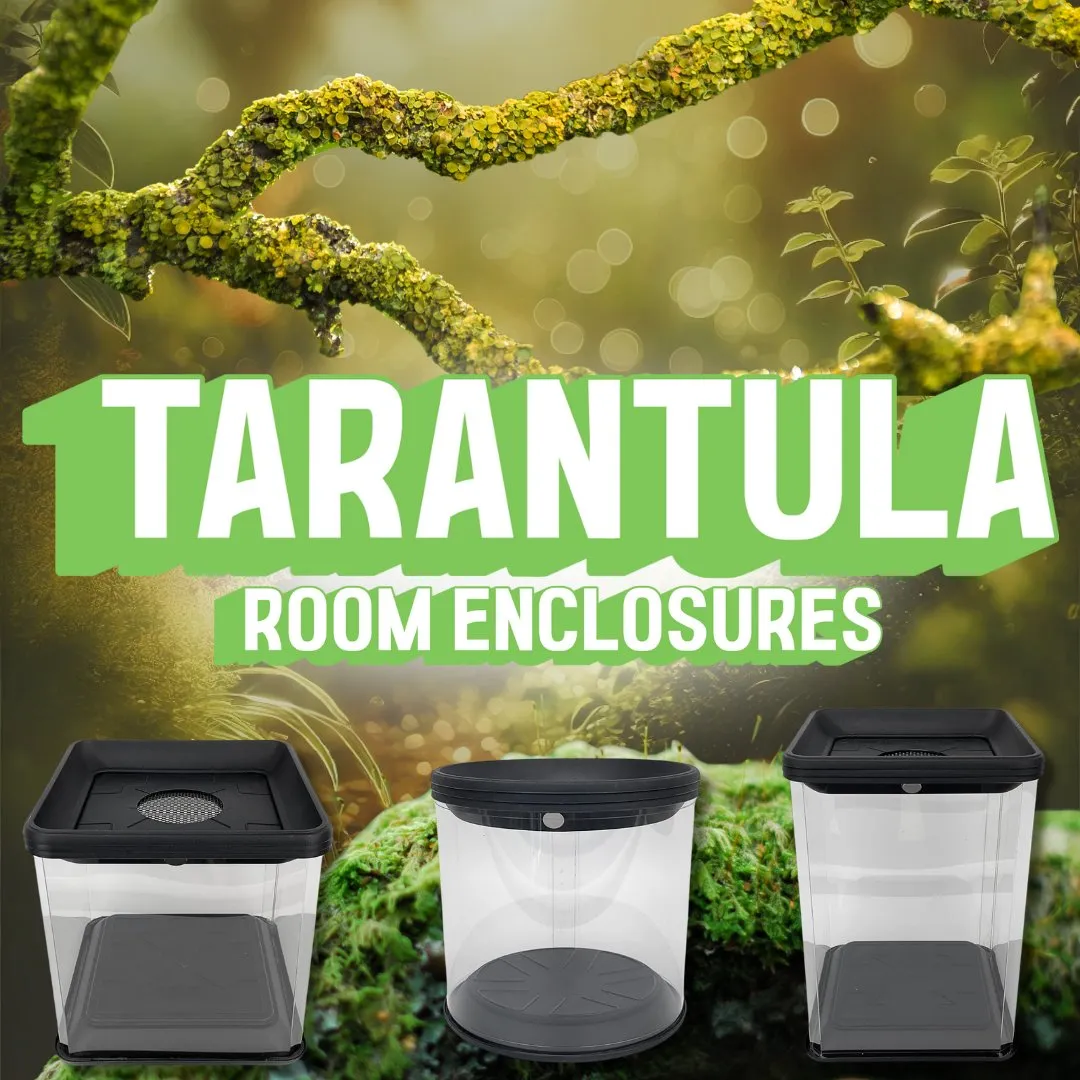
Creating the perfect tarantula enclosure is a crucial aspect of responsible pet ownership. By following the tips outlined in this guide, you can provide your tarantula with a safe, comfortable, and stimulating environment. From selecting the right size enclosure to providing proper ventilation, temperature, and humidity, each detail plays a vital role in the tarantula’s well-being. Remember to research the specific needs of your tarantula species and adjust the enclosure setup accordingly. Regular cleaning, a consistent feeding schedule, and careful monitoring of environmental conditions are essential for maintaining a healthy habitat. By taking the time to create and maintain the best possible environment, you can ensure your tarantula thrives, allowing you to enjoy a fulfilling pet-owning experience. With proper care, your tarantula can live a long and healthy life.
